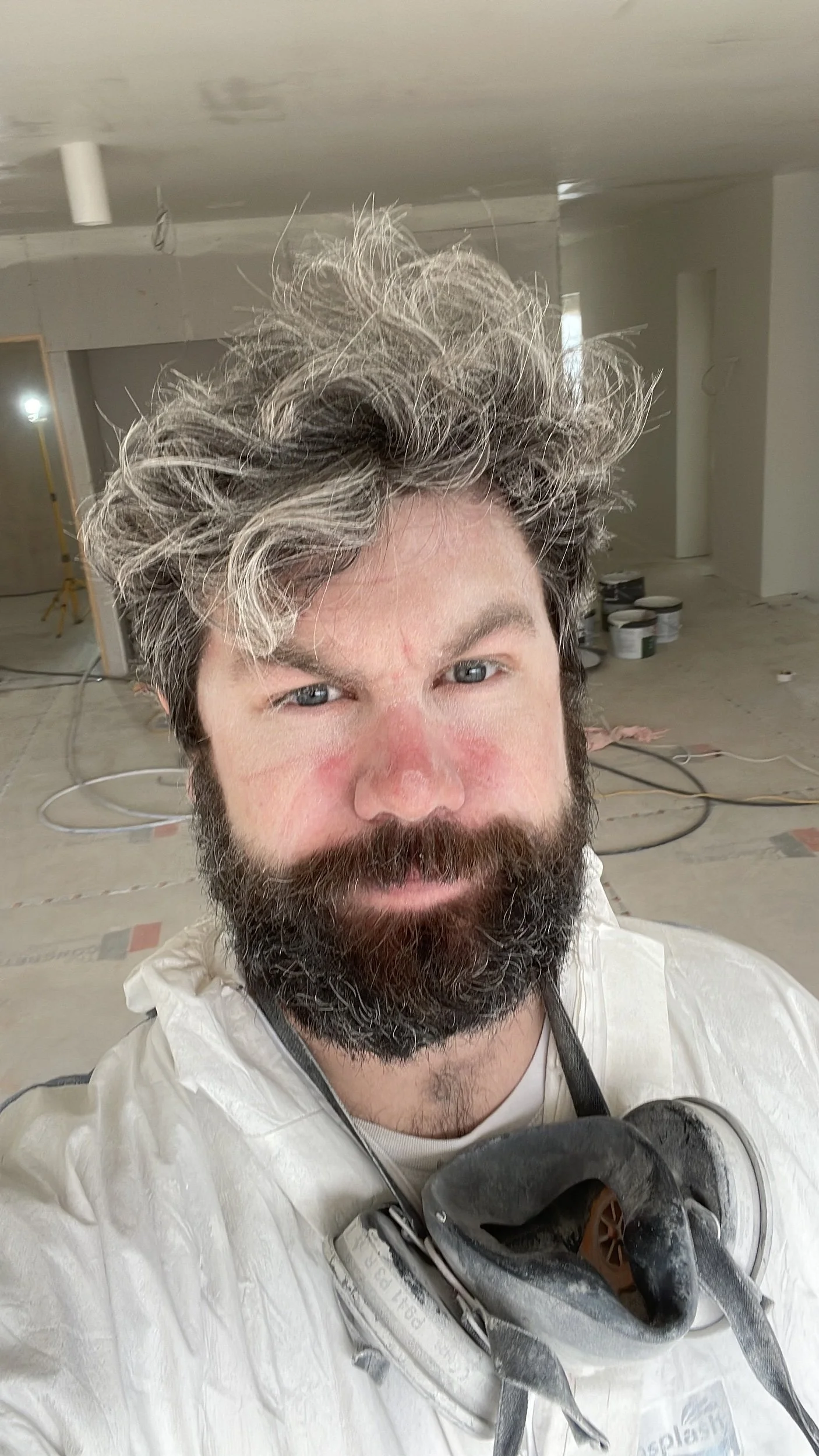Will Stain block help?
Stain block is a popular product used to cover up unsightly stains on walls and ceilings. However, many people mistakenly believe that stain block can be used to solve damp problems. In reality, stain block is not designed to fix damp issues, but rather to tidy up the mess after the problem has been addressed. In this blog post, we will explore why stain block is not a solution for damp problems and what steps you should take to fix them.
What is Stain Block?
Stain block is a type of paint or primer that is designed to cover up stubborn stains on walls and ceilings. These stains can be caused by a variety of factors, including water damage, smoke, and mold. Stain block is formulated to create a barrier between the stain and the new layer of paint or wallpaper, preventing the stain from bleeding through and ruining the new finish.
Why is Stain Block Not a Solution for Damp Problems?
While stain block can be effective at covering up unsightly stains, it is not a solution for damp problems. Damp problems can be caused by a variety of factors, including leaks, condensation, and rising damp. These issues require specific solutions that address the root cause of the problem. Simply covering up the stains with stain block will not fix the underlying issue, and the damp problem will likely continue to get worse.
What Should You Do Instead?
If you suspect that you have a damp problem in your home, it is important to take action as soon as possible. Ignoring the problem will only make it worse, and can lead to serious damage to your property and even health problems for you and your family. Here are some steps you should take to address damp problems:
Identify the source of the damp: Before you can address the problem, you need to know what is causing it. This may require the help of a professional, such as a plumber or a damp specialist.
Fix the problem: Once you know what is causing the damp, you can take steps to fix it. This may involve repairing leaks, improving ventilation, or installing a damp-proof course.
Treat the affected areas: If you have damp stains on your walls or ceilings, you will need to treat them before you can redecorate. This may involve removing damaged plaster, treating the area with a fungicide, and allowing it to dry completely.
Redecorate: Once the affected areas have been treated and are dry, you can redecorate. This may involve using stain block to cover up any remaining stains, but only after the underlying problem has been fixed.
In conclusion, stain block is not a solution for damp problems. If you suspect that you have a damp issue in your home, it is important to take action to address the problem. This may involve identifying the source of the damp, fixing the problem, treating the affected areas, and redecorating. If you are unsure how to address the problem, it is always best to seek the advice of a professional.

